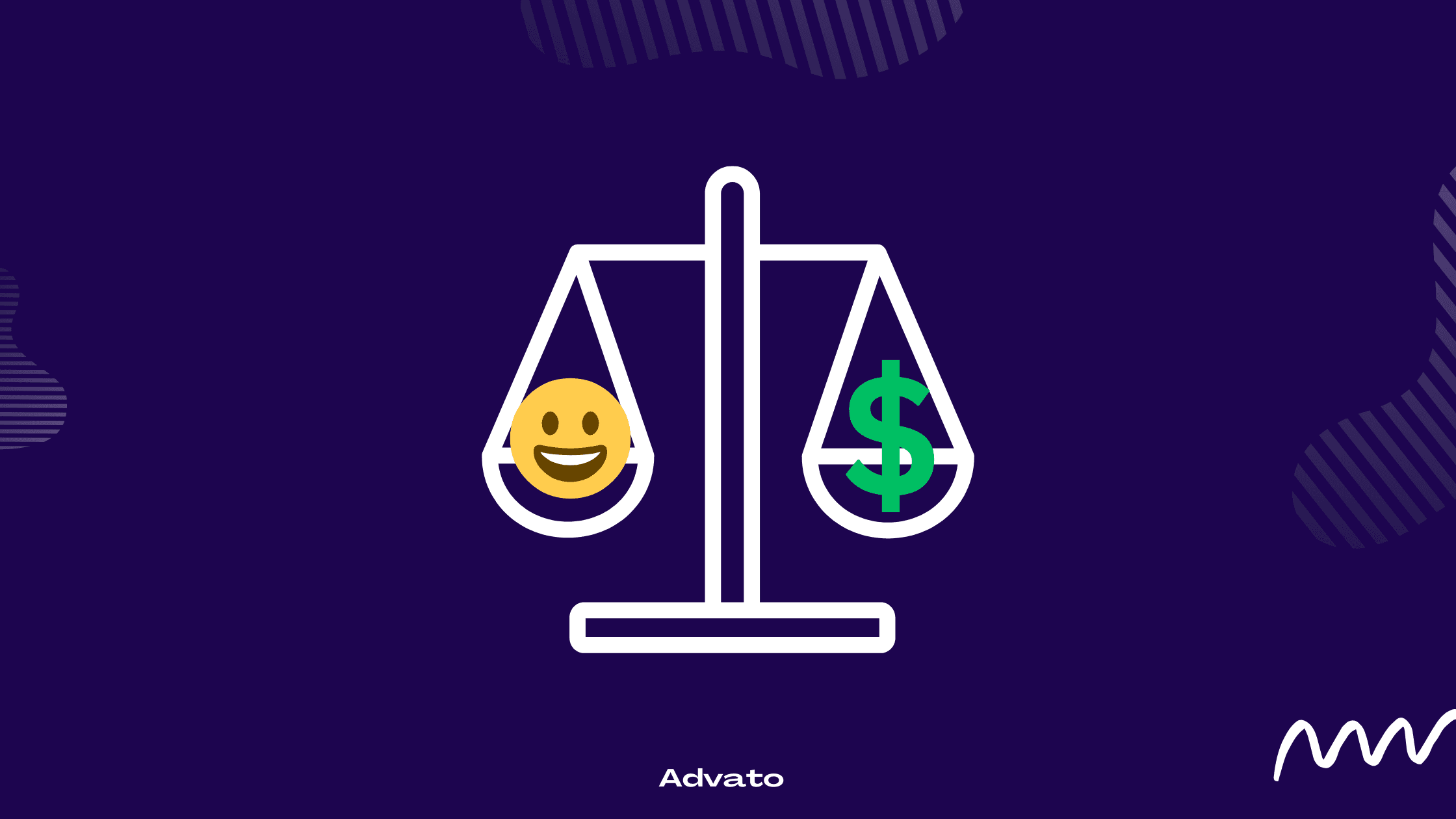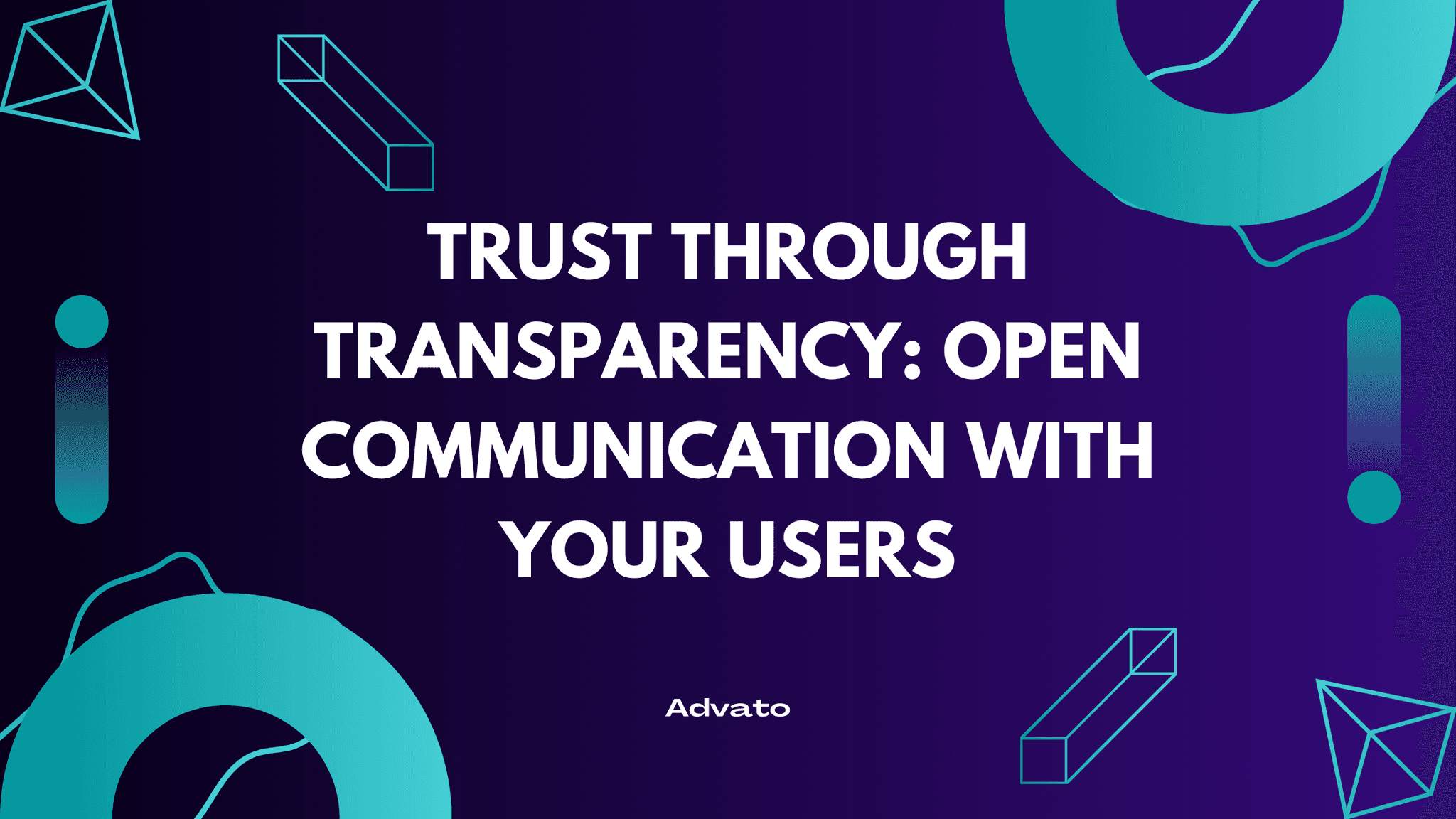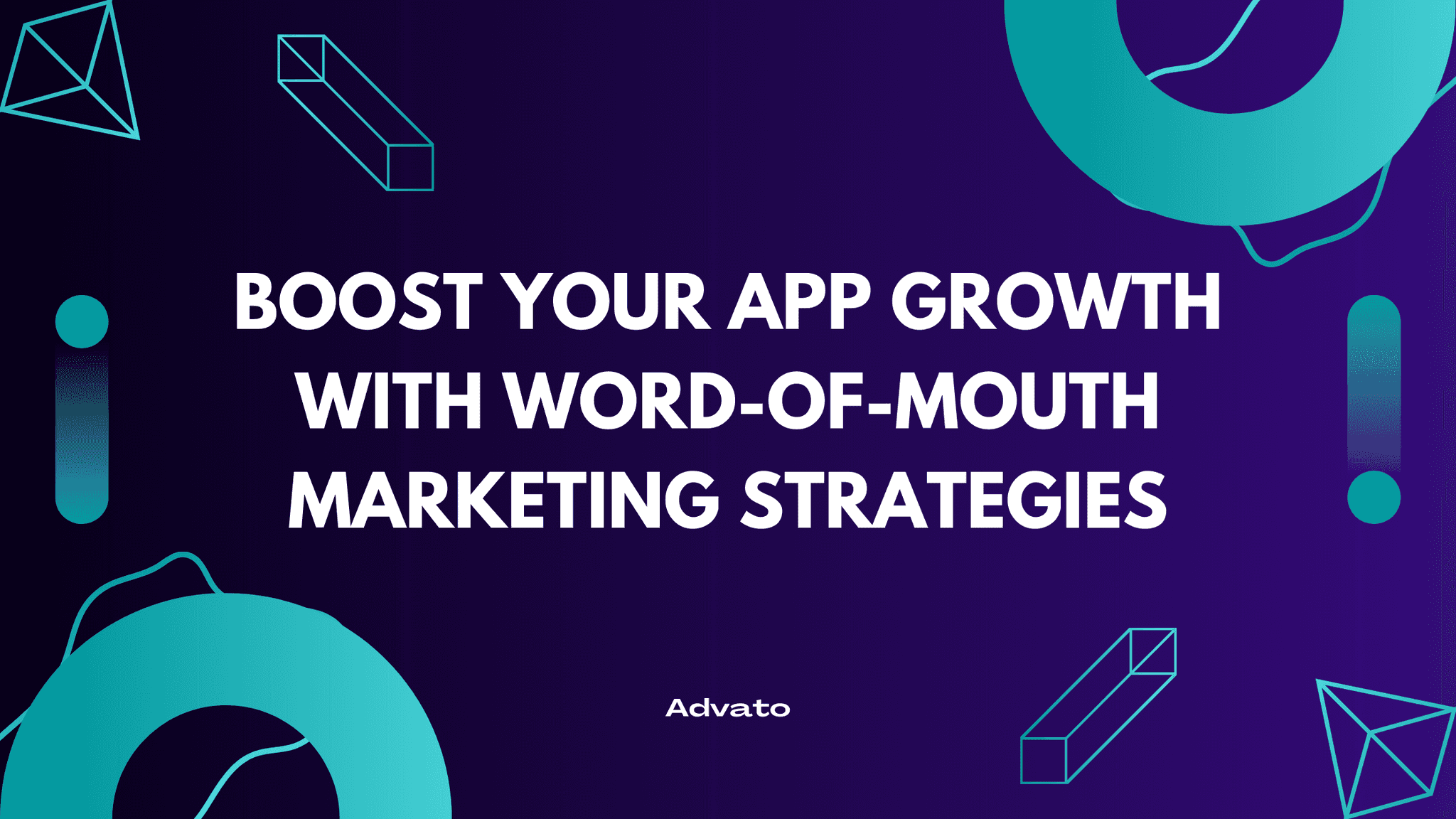Oct 20, 2024
Today, developers face a challenging task: creating a sustainable revenue stream without compromising user experience. This balancing act is important for long-term success. Let's explore effective strategies to monetize your mobile app while keeping your users happy and engaged.

Understanding the Monetization Landscape
Before diving into specific strategies, it's essential to understand the current state of app monetization. With millions of apps available, standing out and generating revenue requires careful planning and execution.
The Importance of User-Centric Monetization
Users today are savvy and have high expectations. They're willing to pay for value, but they're quick to abandon apps that feel overly pushy or disruptive. The key is to align your monetization strategy with user needs and preferences.
Popular Monetization Models
Let's explore some widely used monetization models and their impact on user experience:
1. In-App Purchases (IAP)
IAPs allow users to buy virtual goods, additional features, or premium content within the app.
Pros:
Flexible pricing options
Can enhance user experience when done right
Cons:
May create a "pay-to-win" perception in games
Requires careful balance to avoid frustrating free users
2. Freemium Model
Offer a free basic version with the option to upgrade to a premium version with additional features.
Pros:
Allows users to try before buying
Can create a large user base
Cons:
Conversion rates can be low
Challenging to decide which features to lock behind the paywall
3. Subscription Model
Users pay a recurring fee for access to content or services.
Pros:
Steady revenue stream
Can foster long-term user engagement
Cons:
Higher user acquisition costs
Requires continuous value delivery to retain subscribers
4. Advertising
Display ads within your app to generate revenue.
Pros:
Can be implemented without charging users
Various formats available (banner, interstitial, rewarded video)
Cons:
May negatively impact user experience if overdone
Ad blockers can reduce effectiveness
Balancing Act: Revenue vs. User Experience
The key to successful monetization lies in finding the sweet spot between generating revenue and maintaining a positive user experience. Here are some strategies to help you strike that balance:
1. Provide Clear Value
Whatever monetization model you choose, ensure that users clearly understand the value they're getting. Whether it's removing ads, accessing premium features, or getting exclusive content, the benefits should be obvious and compelling.
2. Implement Gradual Monetization
Instead of bombarding new users with purchase options or ads, consider a gradual approach. Allow users to experience your app's core value before introducing monetization elements. This builds trust and increases the likelihood of conversions.
3. Offer Choice
Give users options in how they interact with your monetization strategy. For example, allow them to choose between watching a rewarded video ad or paying to remove ads entirely. This empowers users and improves their perception of your app.
4. Personalize the Experience
Use data analytics to understand user behavior and preferences. Tailor your monetization strategies to different user segments for maximum effectiveness.
5. Continually Test and Optimize
Regularly analyze your monetization performance and gather user feedback. Be prepared to adjust your strategy based on these insights.
Leveraging Referrals for Cost-Effective User Acquisition
While focusing on monetization, it's crucial not to overlook user acquisition. After all, a larger user base often translates to increased revenue potential. This is where referral programs can play a significant role.
Implementing a referral program can be a game-changer for your app's growth and monetization strategy. It's a cost-effective way to acquire high-quality users who are more likely to engage with your app and potentially become paying customers.
This is where Advato comes into play. As the easiest way to implement and grow referrals in mobile apps, Advato helps developers and marketers acquire users at a much lower cost while bringing in higher quality users. By leveraging the power of word-of-mouth marketing, Advato enables your existing users to become advocates for your app, driving organic growth and potentially boosting your monetization efforts.
Best Practices for Implementing Monetization Strategies
To ensure your monetization efforts don't backfire, consider these best practices:
Transparency is key: Be upfront about costs and what users get in return.
Respect user data: If you're using data for personalization or ad targeting, be clear about your practices and give users control over their information.
Maintain app performance: Ensure that ads or additional features don't slow down your app or drain battery life.
Provide excellent customer support: Be responsive to user concerns, especially when it comes to purchases or subscriptions.
Keep it relevant: Ensure that your monetization elements (whether ads, IAPs, or premium features) are relevant to your users' interests and your app's purpose.
Conclusion
Monetizing your mobile app doesn't have to come at the expense of user experience. By carefully considering your options, gradually implementing strategies, and consistently putting user needs first, you can create a win-win situation. Remember, a satisfied user is more likely to become a paying customer and advocate for your app.
Don't forget the power of referrals in your overall strategy. Advato can significantly boost your user acquisition efforts, bringing in high-quality users at a lower cost. This, in turn, can amplify the effectiveness of your chosen monetization model.
Ultimately, the key to successful app monetization lies in providing genuine value. When users feel that your app enhances their lives or solves a real problem, they're more likely to support it financially. Keep innovating, listen to your users, and don't be afraid to adjust your strategy as needed. With the right approach, you can create a thriving, profitable app that users love.


